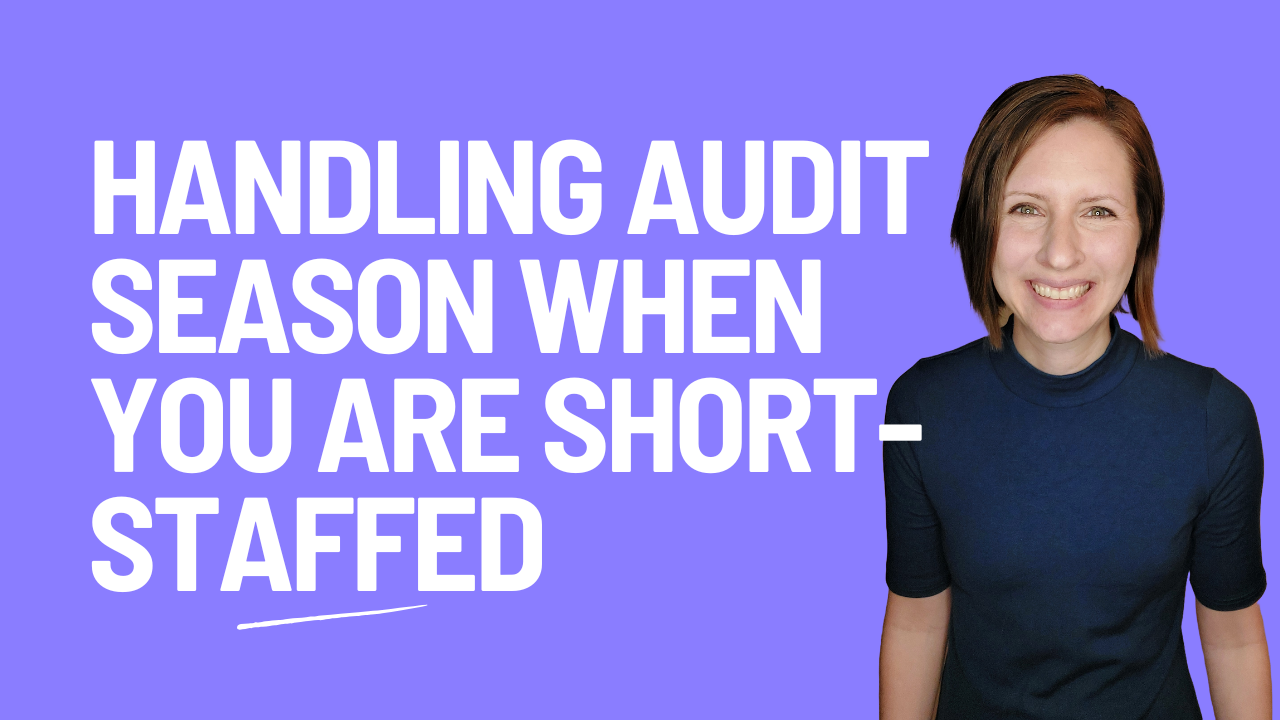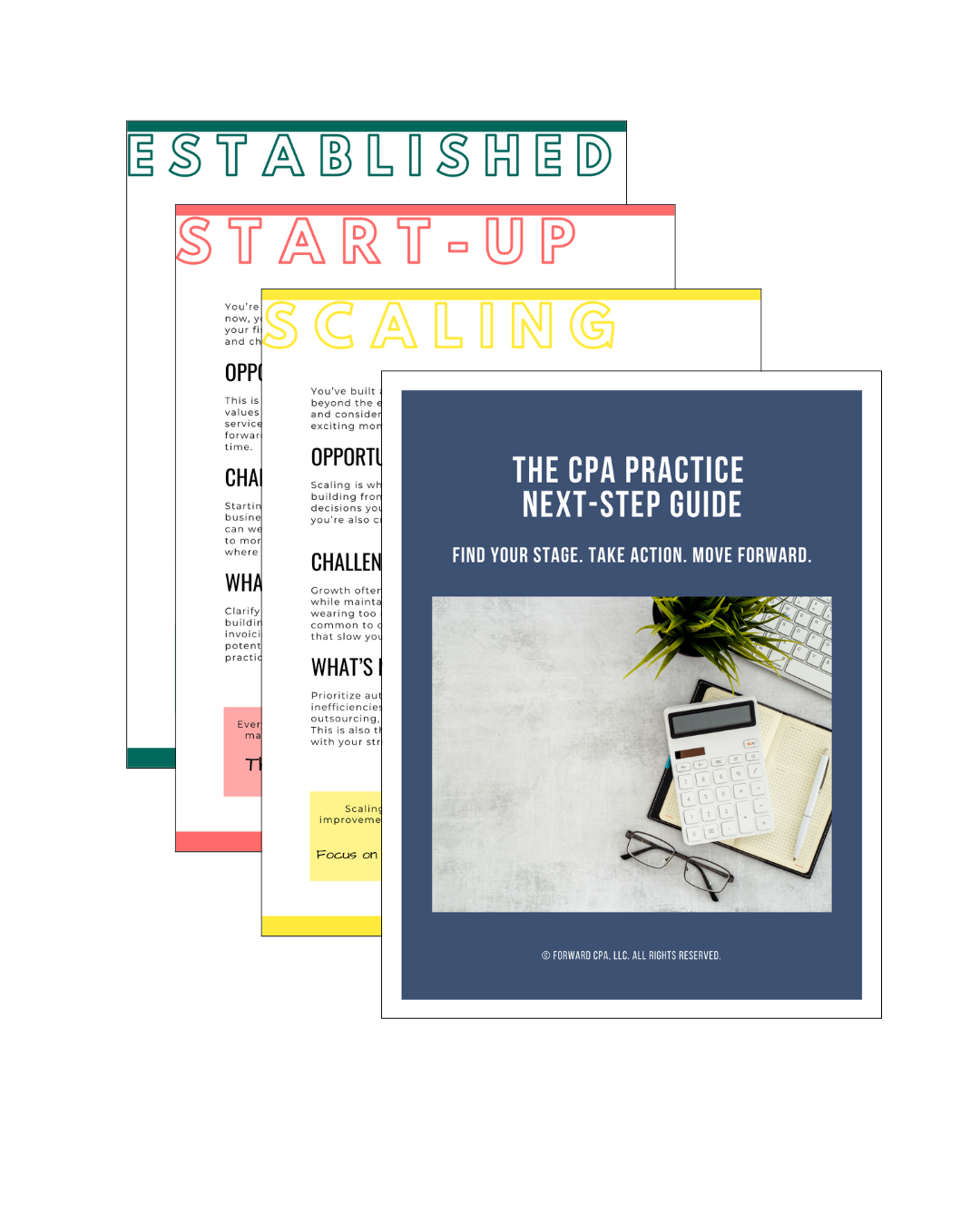How to Keep Audit Documentation Audit-Ready All Year - Even with Turnover
Oct 15, 2025
If you've ever had someone leave your finance team right before (or during) audit season, you know how chaotic it can get.
Files go missing. Processes break down. And the new person is left scrambling to figure out what’s been done—and what hasn’t.
When institutional knowledge walks out the door, it’s not just inconvenient—it can delay your audit, trigger findings, and cause serious stress.
But it doesn’t have to be that way.
You can keep your documentation audit-ready all year long—even if staff changes midstream.
Here’s how to build a system that protects your records, supports your team, and keeps your audits on track—no matter who’s in the chair.
1. Create a Centralized “Audit Prep” Folder That Everyone Uses
Step one is eliminating the “it’s saved on my desktop” problem.
Set up a shared folder (on your network, cloud, or internal drive) with a standardized structure that everyone can access.
📁 Suggested Folder Structure:
-
01 – Trial Balance & General Ledger
-
02 – Bank Reconciliations
-
03 – Payroll & Benefits
-
04 – Capital Assets
-
05 – Long-Term Debt
-
06 – Grants & Federal Programs
-
07 – Adjusting Journal Entries
-
08 – Board Minutes & Policies
-
09 – Final Reports & Audit Findings
Use the same structure year after year to keep everything consistent—regardless of who’s uploading the files.
2. Save Key Documents Monthly—Not Just at Year-End
The most common cause of audit stress? Trying to recreate 12 months of documentation the week before fieldwork.
Instead, build audit prep into your monthly close.
✅ Each month, save:
-
Bank statements and reconciliations
-
Payroll registers and benefit summaries
-
Grant drawdown documentation
-
Capital asset purchases and invoices
-
Debt payment confirmations
If someone leaves mid-year, the documentation is already done—and you’re not stuck reverse-engineering everything during audit season.
3. Keep an “Audit Notes” Log Throughout the Year
Not every important decision shows up in a spreadsheet. But auditors still need to know why something changed, what policy was applied, or how a number was calculated.
Create a simple Word doc, spreadsheet, or shared note titled “Audit Notes – FY[Year]” where you record:
-
Changes in process or personnel
-
Unusual entries or one-time adjustments
-
Explanations for budget variances
-
Clarifications about fund usage or grant allocations
-
Deadlines and decisions related to closing the books
Even two sentences explaining what happened can save hours during the audit—and help new staff pick up where others left off.
4. Use Checklists That Survive Staff Turnover
Checklists make prep consistent, track progress, and reduce confusion—especially for new or transitioning staff.
Build a recurring audit prep checklist with:
-
Monthly and year-end tasks
-
Who is responsible (or was responsible)
-
Status of each item (in progress, complete, missing)
-
Location of saved documentation
The more detailed the checklist, the less gets lost when staff changes happen unexpectedly.
5. Train With the Audit in Mind
Whether you're onboarding new staff or cross-training current employees, make sure everyone knows what documentation matters for the audit—and where to find it.
✅ Tips:
-
Walk through last year’s audit prep folder
-
Review past findings and what triggered them
-
Explain what the auditor will ask for and why
-
Document key workflows (grant reporting, bank recs, journal entries)
You don’t need everyone to be a CPA. But they do need to understand how their role affects the audit.
6. Do a Mid-Year “Mini Audit” Check
Don’t wait until June to find out you’re missing documentation.
Block off a day mid-year to review:
-
Which folders are up to date
-
Which schedules haven’t been maintained
-
Where new staff may need training or support
-
What should be added to your audit notes
This helps you catch issues while there’s still time to fix them—and strengthens your process every year.
Build a System, Not a Personality
If your audit prep relies on one person’s memory, your system is at risk.
But if your documentation lives in shared folders, structured templates, and monthly routines—you’re ready for anything.
✅ Staff can come and go
✅ Auditors can find what they need
✅ Your audit timeline stays on track
Turnover is a reality. But disorganization doesn’t have to be.
Build the system now—and make audit season easier, year after year.
Your Next Step Forward
Join the newsletter designed to help CPAs take the next best step in building a practice they love, with practical insights, game-changing tools, and quick wins in every email.
We hate SPAM. We will never sell your information, for any reason.




